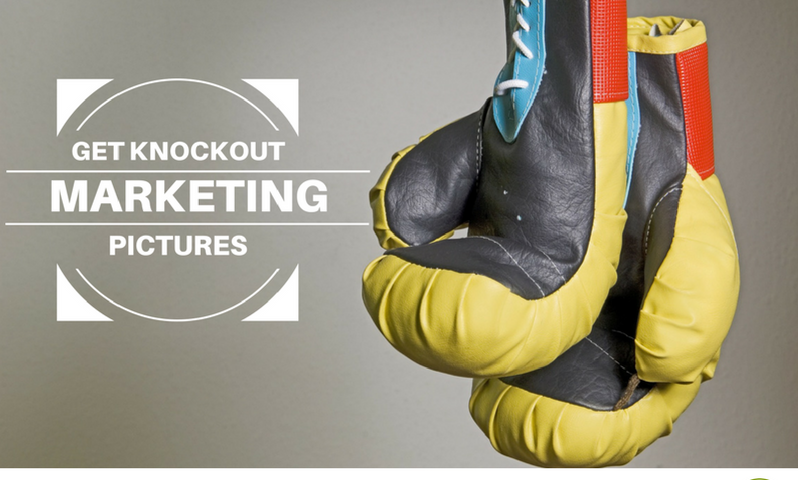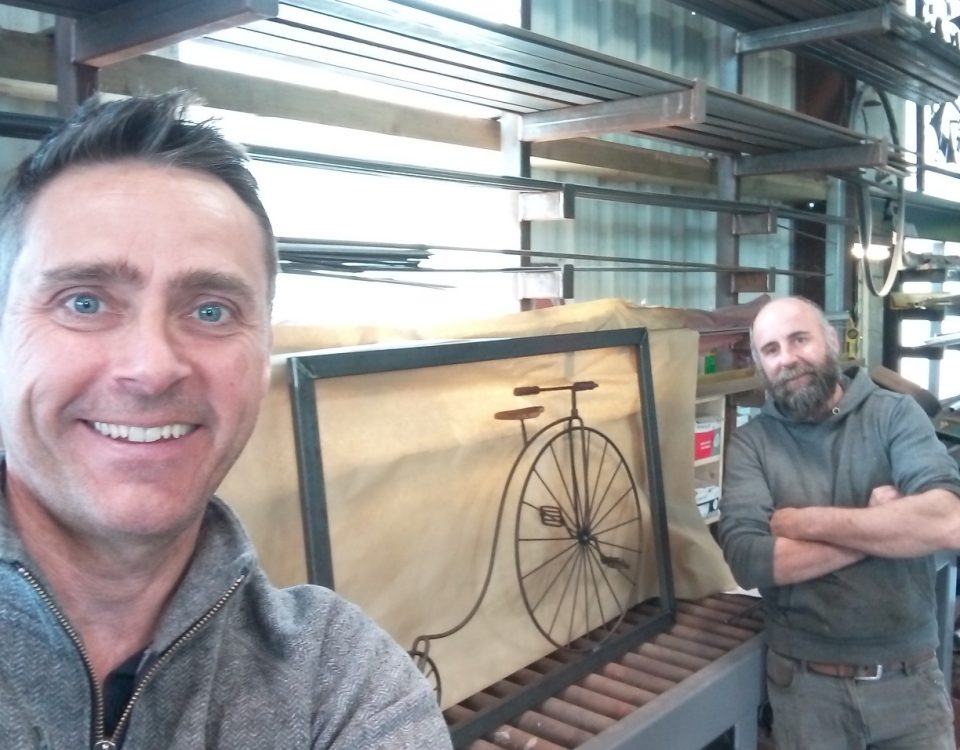Get knockout marketing pictures

Marketing Health Check competition now open!
March 24, 2017
Concrete reasons to outsource your marketing
May 23, 2017Get knockout marketing pictures
For me, photography has always formed an essential part of marketing. Whether it’s a picture for your homepage, email campaign, blog, social media or to attract journalists, making it relevant, memorable and professional should always be high on your list.
Now, you’re probably thinking “tell me something I don’t know”. But when you look at brands, even high profile ones, they still go off track with imagery, and can always do more to make a picture go from good to great. And the better the picture looks, the higher the engagement – so it’s a win, win.
So this blog post on marketing photography is about making you think differently when you plan and take a picture – so you get the best from your marketing. I’ll share tips and give you an insight into past clients I’ve taken pictures for, which you can use to develop your image marketing. So if you’re a start-up, SME, global brand or non-profit, you’ll have something to take away.
Ease of imagery:
When I started in marketing, it was using vintage cameras – with 35mm films that needed developing before seeing your prized picture, or a bad effort!
Then digital photography was introduced and created an amazing buzz when I worked for advertising agencies. Seeing the picture taken and uploaded to a design piece in minutes was a revolution.
I remember using a digital camera for my first commercial picture whilst being self-employed in 2002. I needed to take a picture at the start of a running race. The trouble with the camera, being an early Kodak, was that it felt like hours to take a picture. So I had to pre-empt the start of the race, as there was no way of taking the picture again. I couldn’t say “hold on everyone, can you come back!”
Fortunately, the picture was amazing. The client was happy – and I worked with them for many years.
Now of course, things have moved on again. Taking marketing pictures is very easy, accessible and instant. The mobile phone and tablet can be called into action in an instant – giving your marketing efforts amazing opportunities to bring your brand to life and get customer engagement.
But sometimes, because we have an instant access to upload a picture, taking a quick pic may not be best. For example, is the light too bright?, are all the people looking straight at the camera? Or has someone got a tree sticking out the top of their head?!
Now don’t get me wrong, sometimes the less formal, casual approach to a picture can work well. Say for example an award win and employees are at the ceremony. Things are fluid and a quick picture to Twitter gives a feeling as if you are there, winning the award with them.
But in the main, getting your pictures bang on is vital – and exciting too. Having to think differently and push your photography limits makes you more creative, and in the long-term, your marketing more engaging.
Picture planning:
Let’s take a scenario. You’re the person responsible for marketing a company that makes metal tubing, and they’ve just won a contract to supply 10,000 tubes for a pipeline in Europe. So, metal and tubes doesn’t sound the most exciting of news stories – a tad dull, right?
So this is an example of where the picture may be more engaging than the story, and how it can be made amazing.
Getting a picture to promote this could be quick and easy. Maybe it’s one of the CEO standing in front of a tube shaking hands with the contractor, or maybe of them outside the office with the logo in background. It’ll do I suppose, but can it be better? Yes!
Now, this is where your creativity kicks in. The tubes present a visual opportunity. Can they be arranged in the staff car park so they spell ’10K’? Or how about the CEO posing at one end of the tube, and take the picture at the other, looking through it?
Another option could be to stand the tubes upright, surrounding the CEO with their arms aloft celebrating, with the picture taken from above.
Either way, once you push the limits and think hard about getting the best picture, you’ll have an amazing piece of marketing. That way it’ll generate more exposure, maybe through PR or social media, and therefore more people will engage with you.
Past client project:
One example of getting the best picture comes from my work handling PR for a division of Barratt Homes UK. They’d been involved in an eco-friendly housing development and were planning to install solar tiles into roofs.
This was a great story for the consumer and builder, so I could have got a picture of the site manager holding a tile, sent the press release, and bingo, got some coverage.
However, I knew there was only one picture I wanted, and that was of the builder, actually installing the tile. I had to wait though, but I knew that if I did, I would get more PR coverage, because the picture would be better. So I waited, and waited, and waited a bit more, until finally I got the call from the site manager. I think his words were “Richard, we’re on. We’re installing the tiles tomorrow, around 12.00 – can you make it?”
I took a quick look at the weather report, it was fine, and I was down there like a shot the next day.
With hard hat and boots on, I scaled the scaffolding, clung on to the roof, positioned the guys with the tiles, and that was it – an amazing picture – after about six months waiting!
And it was well worth it. The picture was used extensively in regional newspapers and specialist press, and made it into a national newspaper – and you don’t get in there just by chance.
It was also used in annual reports for Barratt Homes – a prestigious marketing piece where designers only use the best imagery.
And the moral here – goes back to thinking about the picture and getting the best from it. Take a while to plan how it can be taken, and what will catch and engage the audience.
Using a professional photographer:
If you’re not physically taking the picture, then you may ask a professional photographer.
I’ve worked with many professionals over the years for marketing. When you get a good photographer, they are worth their weight in gold, and can bring a picture to life.
Does this make you redundant though during a photo shoot? Absolutely not. When you think about it, it’s the marketing person that knows more about the project, client and story than the photographer does, so it’s only right that you too offer direction, and shape how the picture should look.
Talk to the photographer first before the shoot to go through the essentials:
- Where will it be used – PR, web, point of sale?
- Client history and previous pictures – is there a style to follow for a consistent, corporate look?
- What is the story behind the picture, and will the image portray all essential elements?
Once you’ve got the brief in mind, talk with the photographer about how you can push the boundaries. Is there something he/she’s never tried before and is this the perfect opportunity?
Go through the task, think differently and imaginatively, and you’ll both create a picture worthy of national newspapers!
Tips to consider:
Although I’ve never classed myself as a professional photographer, I’ve taken commercial pictures for over 25 years for clients. And in that time, I’ve developed a memory bank of dos and don’ts. So here’s a list of 15 for you to take away. It’s not exhaustive, but hopefully will help on your next shoot:
- Say cheese: Is everyone in the picture looking at the camera? Check to make sure they are and not distracted by something else.
- Mind the gap please: When you have a group of people in a picture, they tend not to stand right up next to each other for fear of invading their personal space – but they have to! Gaps between people look really nasty and you need to be aware of this. So get people to bunch up and close the gaps – they’ll have a giggle and you’ll get a better picture (pre-pandemic!).
- Who dressed you this morning? Taking a close up of someone? Make sure their tie is straight, collar isn’t ruckled or have a toothpaste lingering around from the morning rush. Check the finer detail.
- I can do this! If you’re not comfortable ordering people where to stand or getting others to help, it may hinder your photography. So don’t be shy when it comes to planning your picture. Get plenty of confidence and take control of the shoot – that way people will know what to do, they’ll like it that you’ve taken control, and again, you get the best picture.
- Light’s a good thing, right? In my experience, if it’s a cloudy, overcast day, that’s better than sun (depending on picture of course). If you’re taking a picture of a person, a cloud can make a small nose look like Pinocchio in shadow. And if you haven’t got a flash to eliminate this, then you’re in trouble. Also, make sure the light isn’t behind your subject, as the exposure will be wrong. Get the light behind you.
- It’s all in the angles: Sometimes, just by changing the angle of the picture, it can make it look dynamic. One example is taking a picture from below, looking up. It can make small things look really big.
- Is my vision blurred, or is it the picture? One thing you can’t do much about with editing software is focus. If your original picture is blurred, then it’ll stay like that, no matter how much tech-fiddling you do. So my advice, check to make sure your prized picture is sharp.
- ‘Tri’ this – it’ll help: Taking a picture of something static sounds easy, but there can be lots of fiddling. So get your hands on a tripod – it’ll make the job easy and no worries too about camera shhaakkee.
- One’s not enough: If you’ve framed your perfect picture, don’t just take one image, take lots. Digital is free so take plenty. This is good practice as when you upload the imagery, you can select the perfect picture, as there’s always something not quite right with many.
- Your picture, just smaller: There’s probably no doubt your picture will be viewed small-scale on a mobile device. So bear this in mind. Make sure your picture is clean looking, with a simple, clutter-free background, so mobile users can instantly see what the picture is.
- Gather round folks: To get the creative juices flowing, there’s nothing better than having a brainstorm with colleagues. Even a five minute chat will generate lots of imaginative ideas – so get talking!
- Your best friend: Need more help with photo ideas? Do what I often do when I research and need ideas, I turn to my friend Google. Select ‘images’ in the SERP and you’ll get lots of ideas.
- A little extra help: To make a picture standout, I’ve used props many times to give extra oomph. Anything from cardboard cut-outs to vintage costumes. I even had a film set company make a bespoke five foot long toothbrush to promote some apartments.
- They’ve run out! Can you imagine, turning up to that photo shoot I was talking about earlier, that took six months to plan, only to find you’ve got flat batteries? Don’t let this happen. I always take spare batteries just in case, and make sure you’re on a full charge before leaving the office.
- Tweak away: So you’ve got your chosen shot, but it needs a bit of work to finish. So become a photo editing ninja. I’ve always used Adobe Photoshop – but there’s plenty of others online if you search. From lighting and cropping, to image size and cut-outs, you’ll have a host of tools and features you can use to tweak the picture.
Lastly:
Photography is incredibly exciting, and the limit to how it looks is only your imagination.
By pushing the boundaries and making your picture more memorable, you’ll have greater engagement which should lead to conversions, in whatever form you need. And not forgetting of course, if you have great photography, you’ll have an edge over competitors – now that’s a great feeling.
I hope you’ve taken away lots of useful snippets from this photography blog post. Get in contact if you have any queries, or even if you need ideas for your next marketing shoot, I’d love to hear from you.
And enjoy your next knockout picture!





